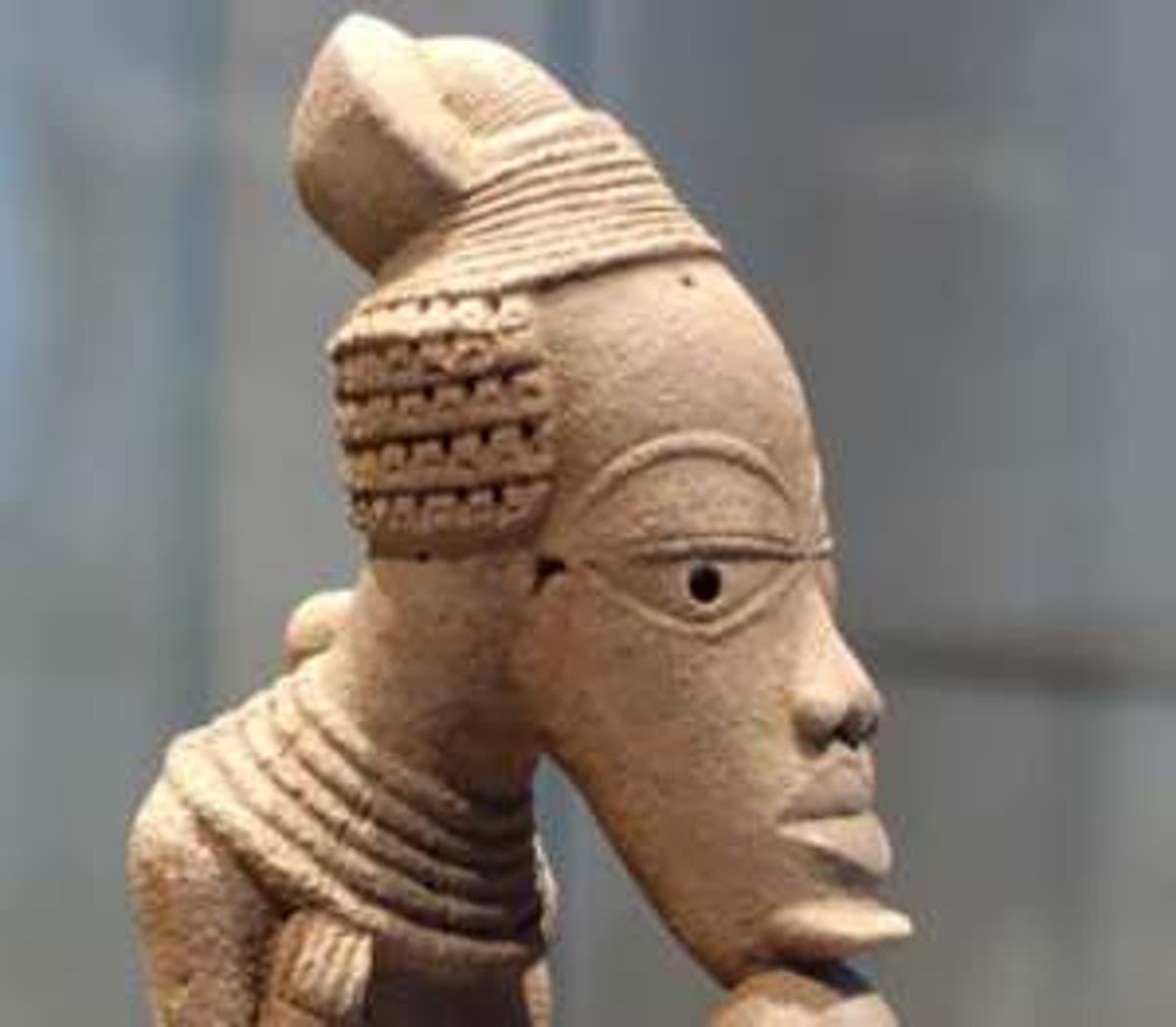
The Beauty in NOK Art
The NOK culture is an early Iron Age population whose material remains are named after the Ham village of NOK in Kaduna State of Nigeria, where their terracotta sculptures were first discovered in 1928. The data obtained from historical linguistics suggest that iron smelting was independently discovered in the region by 1000 BC.
NOK Art is a distinct art found in north central Nigeria. It is the oldest known example of terracotta sculpture in Africa, south of the Sahara. It dates from 2500-800 B.P (500 BC to 200 AD).
It is significantly special in terms of its creative designs. It’s highly skilled in the creation of full-length human figures. The function of NOK terracotta sculptures is still unknown till today.
The terracotta is preserved in the form of scattered fragments, and I guess that’s why NOK Art till today is only known for the heads, both male and female. Their hairstyles are also known to be detailed and refined.
The Terracotta sculptures are in fragments because the discoveries are usually made from alluvial mud, in terrain made by the erosion of water. The terracotta sculptures are hidden, rolled, polished and broken. The terracotta figures are hollow, coil built, nearly life sized human heads and bodies that are depicted with highly stylized features, abundant jewellery, and varied postures.

History says the major use of these statues include ancestor portrayal, grave markers, and charms to prevent crop failure, infertility, and illness and based on the dome-shaped bases found on several figures, they could have been used as finials for the roofs of ancient structures.
Here are some of NOK Art Imperialistic and stylistic Characteristics;
- · Elaborate coiffure.
- · Cylindrical heads.
- · Pierced eyes, nose, mouth, and ears.
- · Semi-circular/Triangular eyes and lids.
- · Ears set back, often low and small.
- · Flared nostrils.


